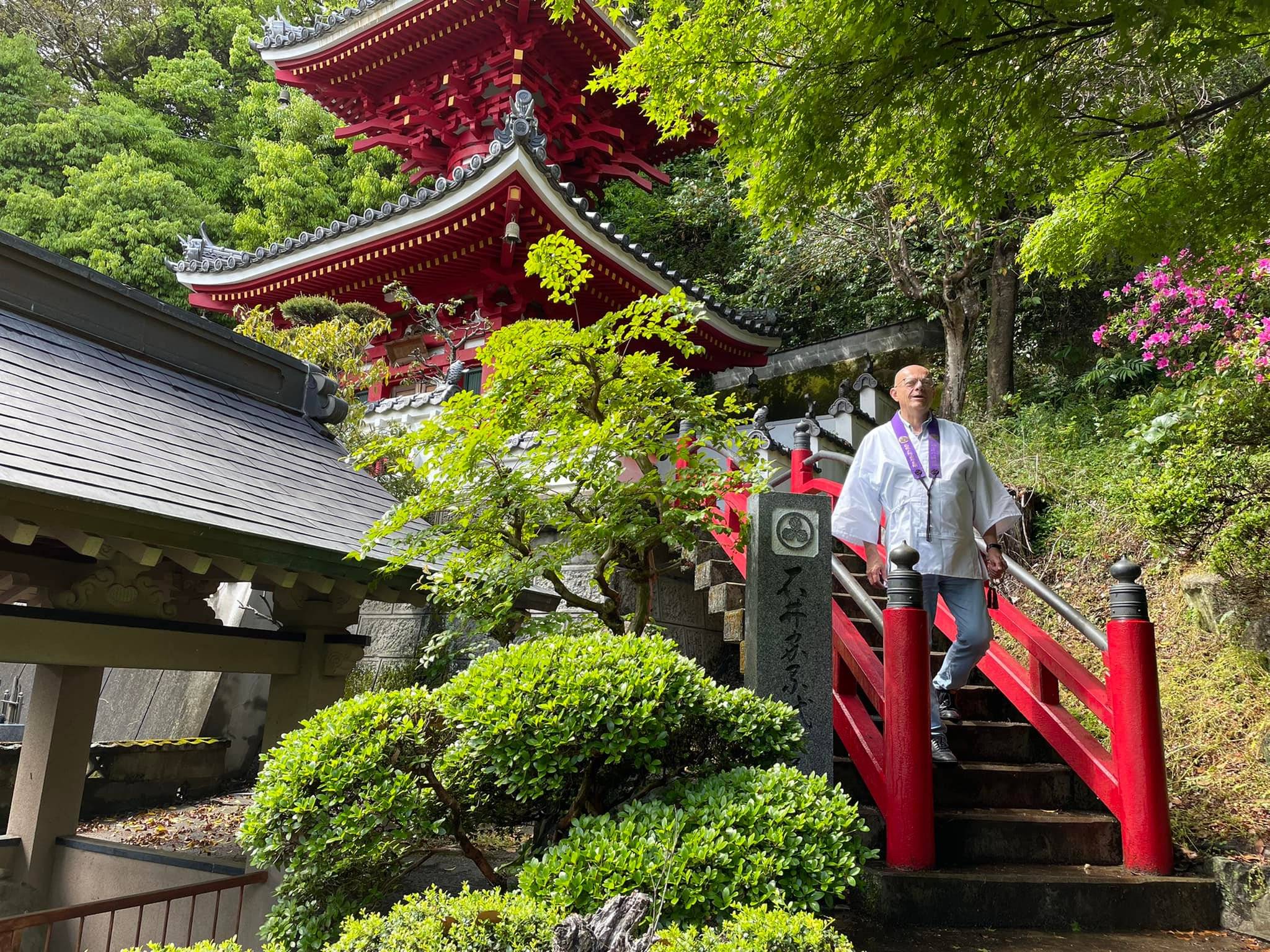Wake up, walk, visit temples, walk again, bathe, eat, sleep. And repeat.
While this may sound monotonous to some, for those accustomed to working across time zones, maintaining ultra-connectivity via smartphones, social media and video chats, and trying to juggle work, family time and friendships, perhaps attaining boredom is the ultimate luxury?
Throughout Jane McBride’s 31-year law career that saw her serve as head of Hong Kong-based firm Deacons’ financial services regulatory team, downtime was the enemy. Then, when she retired, everything changed: From rounds of meetings and schedules divided into minute-long slots, her days became dedicated to walking for hours on end across the 1,200-kilometer loop of the Shikoku pilgrimage.



















With your current subscription plan you can comment on stories. However, before writing your first comment, please create a display name in the Profile section of your subscriber account page.